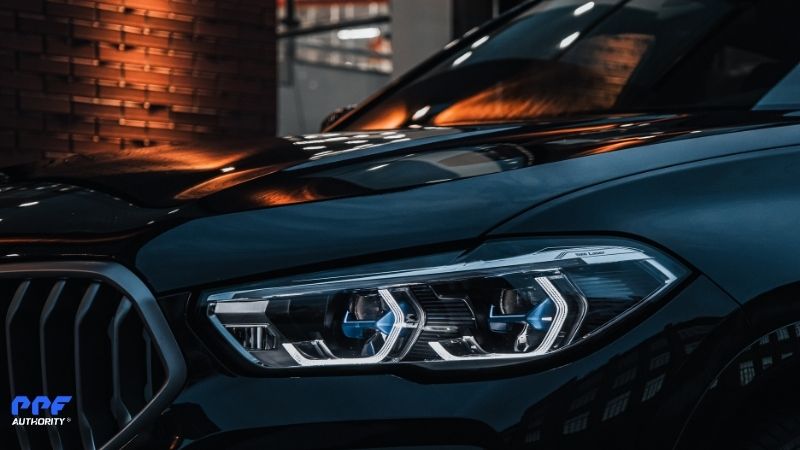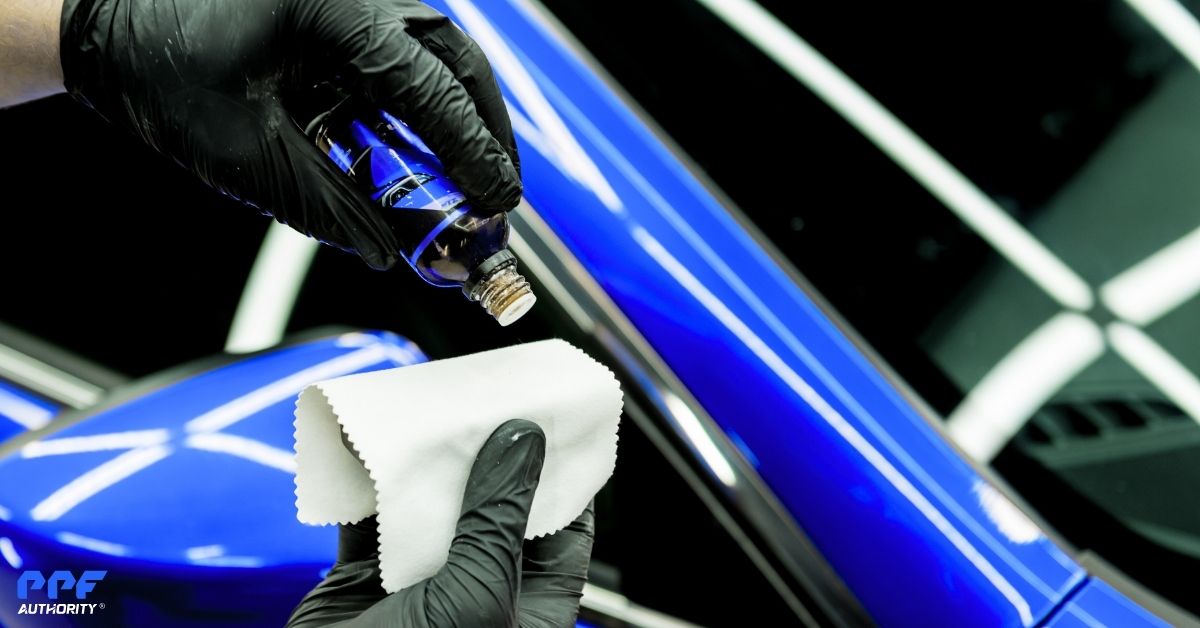Introduction
Paint Protection Film (PPF) is an exceptional way to protect your car’s paint from scratches, chips, UV rays, and other environmental hazards. However, despite its growing popularity, misconceptions about PPF often deter car owners from investing in this highly effective protective solution.
In this article, we’ll address and debunk the most common myths surrounding PPF, offering clear and accurate information to help you make an informed decision about whether it’s the right choice for your vehicle.
Misconception 1: PPF Is Only for New Cars
The Myth
Many believe that PPF is only effective if applied to brand-new cars with flawless paint.
The Reality
While PPF is ideal for protecting new cars from damage, it’s not limited to them. Older vehicles can also benefit from PPF if their paint is properly prepared before installation. A professional installer can perform paint correction to remove scratches, swirl marks, and other imperfections, ensuring a smooth surface for the film to adhere to.
Fact: PPF is suitable for cars of any age, provided the paint is in good condition or corrected before application.
Misconception 2: PPF Is Too Expensive for the Average Driver
The Myth
Some think PPF is only worth the investment for luxury or exotic cars because of its high upfront cost.
The Reality
While PPF does require an initial investment, it’s a cost-effective solution in the long run. The film prevents expensive paint repairs, touch-ups, and repainting caused by rock chips, scratches, and environmental damage. For instance, repairing a scratched or chipped hood can cost $500–$1,000, and repainting a panel can cost even more.
Fact: PPF saves money over time by reducing maintenance and repair costs, making it a smart choice for any car owner.
Misconception 3: PPF Will Yellow or Discolor Over Time
The Myth
Older PPF products were notorious for turning yellow or cloudy, especially when exposed to sunlight.
The Reality
Modern PPF is engineered with advanced materials, including UV-resistant coatings and anti-yellowing technology. High-quality films from reputable brands like XPEL, SunTek, and 3M maintain their clarity and transparency for years. Proper maintenance, such as regular washing and avoiding abrasive cleaners, also ensures the film stays clear.
Fact: High-quality PPF does not yellow when installed and maintained properly.
Misconception 4: PPF Will Peel Off or Bubble
The Myth
Some believe that PPF will start peeling or bubbling after a short time, making it look unattractive.
The Reality
Peeling or bubbling typically occurs when PPF is installed incorrectly. Professional installers use precise techniques and tools to ensure the film adheres seamlessly to your car’s surface. Additionally, most PPF products come with a warranty that covers defects, giving you peace of mind.
Fact: Properly installed PPF adheres securely and stays bubble-free, even after years of use.
Misconception 5: PPF Can Damage Your Paint
The Myth
Some car owners worry that PPF will pull off paint when removed or leave behind sticky residue.
The Reality
PPF is designed to be paint-safe and removable without damaging the surface underneath. Professional installers use high-quality adhesives that allow for clean removal. In fact, PPF protects the factory paint from damage, so when it’s removed, the paint underneath often looks as good as new.
Fact: PPF protects your paint and can be removed safely without causing damage.
Misconception 6: PPF Is Visible and Looks Unattractive
The Myth
People often assume that PPF is thick, noticeable, or creates unsightly lines that detract from the car’s appearance.
The Reality
Modern PPF is ultra-thin and crystal-clear, making it nearly invisible when professionally installed. Skilled installers tuck edges and align seams carefully to ensure a seamless appearance. Some PPF options even enhance your car’s look by adding extra gloss or offering a matte finish for a unique aesthetic.
Fact: When professionally applied, PPF is nearly invisible and can even improve your car’s appearance.
Misconception 7: PPF Doesn’t Last Long
The Myth
Some think PPF will only last a few years before it starts to degrade, peel, or lose its protective qualities.
The Reality
High-quality PPF has a lifespan of 5 to 10 years or more, depending on the brand, installation, and maintenance. Reputable manufacturers provide warranties that guarantee the film’s performance for the specified period. Regular cleaning and proper care can further extend its longevity.
Fact: With proper maintenance, PPF provides long-lasting protection, often lasting up to a decade.
Misconception 8: PPF Doesn’t Need Maintenance
The Myth
Some car owners assume that once PPF is applied, it requires no upkeep or care.
The Reality
While PPF is low-maintenance, it still requires regular cleaning to stay in top condition. Washing your car every 1–2 weeks, using pH-neutral shampoo, and applying PPF-safe sealants or ceramic sprays can help maintain its hydrophobic properties and appearance.
Fact: PPF is low-maintenance but not maintenance-free—regular care helps maximize its performance and longevity.
Misconception 9: PPF Is the Same as a Vinyl Wrap
The Myth
Some people confuse PPF with vinyl wraps, assuming they offer the same benefits.
The Reality
While both PPF and vinyl wraps are applied to the surface of a car, they serve different purposes:
- PPF: Designed to protect your car’s paint from physical damage, such as rock chips, scratches, and UV rays.
- Vinyl Wrap: Primarily used for cosmetic changes, such as altering the car’s color or design. It provides minimal protection against damage.
Fact: PPF is a protective film, while vinyl wraps are primarily aesthetic. They are not interchangeable.
Misconception 10: DIY Installation Is Just as Good as Professional Installation
The Myth
Some people believe they can achieve the same results with DIY PPF kits as they would with professional installation.
The Reality
PPF installation is a technical and time-consuming process that requires precision and expertise. DIY kits often result in bubbles, wrinkles, or misalignment due to inexperience or lack of proper tools. Professionals use advanced equipment and techniques, ensuring seamless application and optimal performance.
Fact: Professional installation guarantees better results, longer-lasting protection, and warranty coverage.
Conclusion
Paint Protection Film (PPF) is a highly effective solution for preserving your car’s paint and appearance, but misconceptions can lead to hesitation or misunderstandings. By debunking these myths, it’s clear that PPF offers long-lasting, nearly invisible protection that enhances your vehicle’s value and aesthetics.
If you’re considering PPF, invest in high-quality film, work with a certified installer, and follow proper maintenance practices to enjoy the full benefits of this remarkable technology. Protect your car with confidence, knowing the facts about PPF and its proven advantages.

